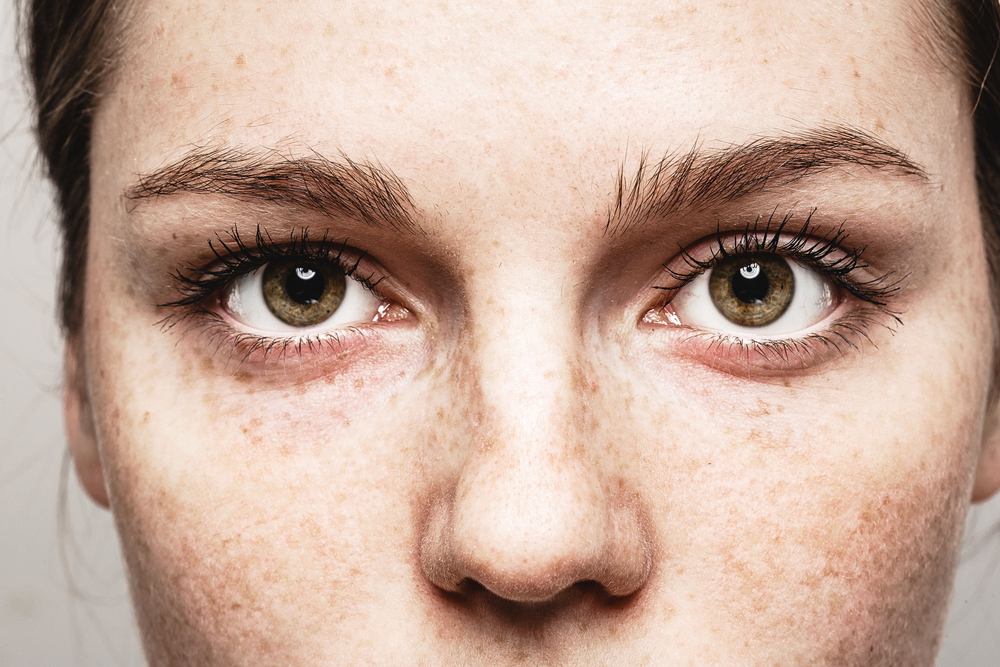If you notice this on your skin, take a blood test, experts warn! This skin symptom is often misdiagnosed – be sure to play it safe!
Our skin reveals a lot about our health!
The skin is the largest organ in the body, and while many of us take care to keep it looking youthful and wrinkle-free, it can also be a vehicle through which other parts of the body signal that a disease is on the way. Sudden blistering, scaling, discoloration, or a rash can indicate an autoimmune disease, allergy, virus, or even heart disease. And if you notice a particular rash in a particular area, it may be time to see a doctor and get a blood test. Read on to learn more about the unique facial rash that is often misdiagnosed.
The butterfly rash is often used as a marker for identifying lupus
.
If you notice a red rash on your cheeks and the bridge of your nose, it could be a malar rash. This rash, also known as butterfly rash, according to the Mayo Clinic, is often red, pink or purple and can be blotchy, scaly, smooth or raised. The butterfly rash can come and go within days or weeks, but it can also be a symptom of a whole host of health problems, including lupus.
As Maryann Mikhail, MD, writes for GoodRx, the rash is actually considered a telltale sign of lupus. In fact, about 50 percent of lupus patients develop a butterfly rash, according to the Johns Hopkins Lupus Center.
Lupus is a complicated autoimmune disease that affects not only the skin, but also the kidneys, brain, heart, lungs and joints. According to the Mayo Clinic, other symptoms of lupus include fatigue, hair loss, light sensitivity, dry eyes, brain fog and joint pain.
Butterfly rash is often confused with sunburn or rosacea.
Butterfly rash is also a common sign of rosacea, a bacterial infection called cellulitis, and Lyme disease, among other conditions, Healthline explains. It can also mimic sunburn.
Therefore, it’s entirely possible that you’ll dismiss it or that your doctor will mistakenly think it’s rosacea. “While a rosacea rash can look like lupus, the difference is that a lupus rash doesn’t have the red bumps that are typical of rosacea, although the rash may be raised,” says Everyday Health.
Because it can be easily confused with other conditions, if you notice this rash, you should ask your doctor to order a blood test to get to the bottom of the problem. He or she may look for antiphospholipid antibodies, antinuclear antibodies, or a low platelet count to determine if it’s lupus.
In general, lupus is difficult to diagnose.
Lupus is regularly referred to as the great imitator. According to expert Marisa Zeppieri, a lupus sufferer and author who founded LupusChick, “symptoms come and go and mimic many other diseases.” This often leads to misdiagnosis and inappropriate treatment plans. According to a 2016 research study by LupusChick, the average time between first symptoms and diagnosis is six years.
According to the Johns Hopkins Lupus Center, lupus affects about 1 in 2,000 people in the United States, and 90 percent of them are women. The first symptoms usually appear between the ages of 10 and 30, but, like the butterfly rash, can be easily overlooked.
“Lupus is not easy to diagnose because the signs can vary from person to person. Symptoms may even overlap with other conditions, which can lead to misdiagnosis. In addition, there is no test that can diagnose lupus,” University of Utah Health experts explain. “If systemic lupus is suspected, we perform blood and urine tests in addition to the physical exam to confirm the diagnosis.
There are different types of lupus and therefore different treatment options.
Lupus is not a one-size-fits-all disease, which can contribute to the length of time it takes to get an accurate diagnosis. No two cases of lupus are alike. In addition, there are different forms of lupus, as the Johns Hopkins Lupus Center explains. Therefore, knowing the specific diagnosis is key to determining the individualized treatment plan, which can range from blood thinners, steroids and over-the-counter NSAIDS to chemotherapy, immunosuppressants and even organ transplants.
